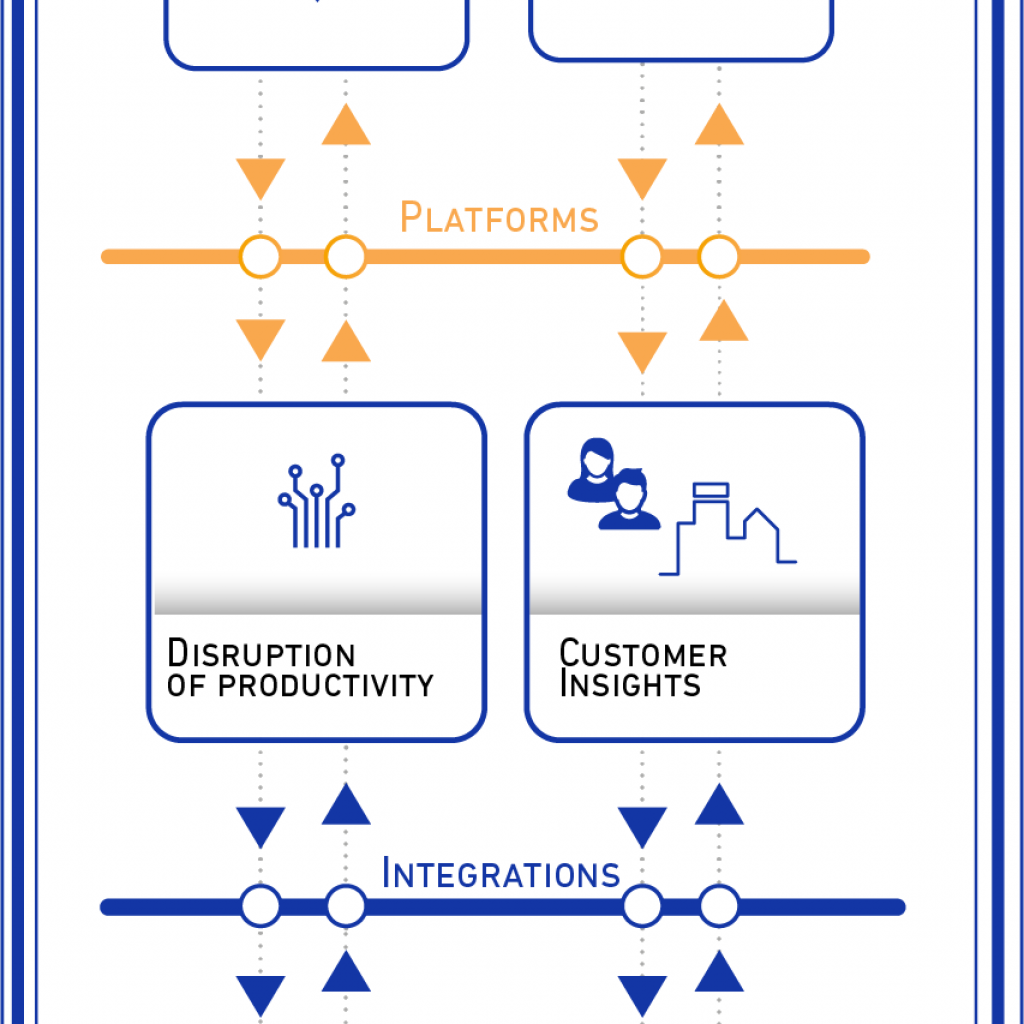Organising the hierarchy and processes of our organisation allows us to control each and every aspect of it. As with a house, if we want to introduce a modification, or in this case an innovation, we must study the feasibility of the project, its implementation in the structure defined and applied up to now…
That is why enterprise architecture is one of the variables to be taken into account when making changes, studying closely the relationships between the main assets of a company, including processes, people, products, services, applications, technology…
Our shift to the digital era requires us to be able to connect our operations and systems with the needs of our customers, i.e. those who are constantly changing their habits. The connection between both levels will allow us to generate value in this new digital economy, while obtaining a new asset: data.

The importance of data from our customers
The use of 20th century methodologies, such as market research or focus groups, are not enough in a new landscape where the information provided by data transcends any barrier. The time has come to know information practically in real time, something that can only be obtained thanks to the value of the data transmitted by the customers themselves when they interact with our services.
Therefore, the most important thing when implementing a new business architecture that goes with the times is to connect our business logic and operations with our customers through technological platforms (web, CRM, IoT, E-commerce, etc.).
Our consumers are no longer mere spectators of organisational activity. The digital era has given them the ability to provide large and important information capable of changing the course of our activities. That is why listening to what they have to say, through different platforms and technological tools, will help us to establish a new architecture where our assets are truly connected.



